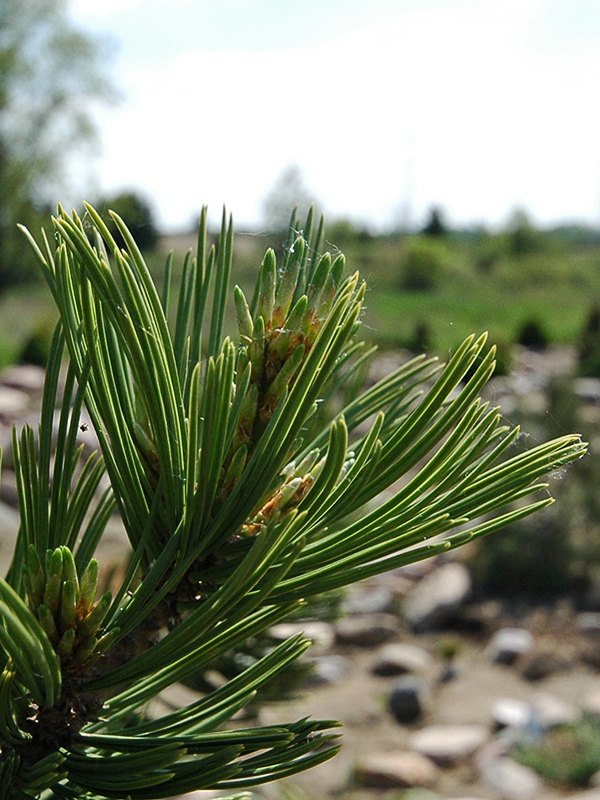
Woody > Pinus > Pinus albicaulis > Pinus albicaulis
Pinus albicaulis
Whitebark Pine
Origin: The Whitebark Pine is Alberta's only stone pine (closed cone) and has a mutually beneficial relationship with Clark's Nutcracker which it depends upon for its survival.
Mike's
Opinion


"
This is an uncommon 5 needle pine with attractive smooth bark. Whitebark Pine attracts many different wildlife species and if grown in lower elevations it can attain commercial dimensions.
Michael Pascoe, NDP., ODH., CLT., MSc. (Plant Conservation)
"
| Family |
| Pinaceae |
| Genus |
| Pinus |
| Species |
| albicaulis |
| Category |
| Woody |
| Type |
| Tree (evergreen) |
| Pronunciation |
| USDA Hardiness Zone |
| 3 - 5 |
| Canadian Hardiness Zone |
| 1a - 6a |
| RHS Hardiness Zone |
| H7 |
| Temperature (°C) |
| -40 - (-26) |
| Temperature (°F) |
| -40 - (-15) |
| Height |
| 10 - 25 m |
Photographs
Description and Growing Information
Flowering Period
| General Description |
| Slow growing long lived tree. |
| Landscape |
| Use as a shade tree, windbreak or an accent tree. |
| Shape |
| White bark pine has a rapidly spreading, broad rounded to irregular crown. |
| Growth |
| Slow |
| ID Characteristic |
| Needles in fascicles of 5 with globular cones and very distinctive scaly, brown, plated bark on older trees. |
| Pests |
| White Pine Blister Rust and Mountain Pine Beetle . The plant is considered a species at risk in part due to the above but also because fire and climate change. |
| Habitat |
| The mountains of the Western United States and Canada found growing at the treeline. |
| Bark/Stem Description |
| Young growth has thin, smooth chalky white bark, while the bark on older trees is comprised of scaly brown plates. |
| Flower/Leaf Bud Description |
| Ovoid, light red-brown 0.8-1 cm. |
| Leaf Description |
| The needles are 3 -9 cm long in fasicals of 5, slightly curved, stiff blueish-green in colour and clumped near the end of the branches. |
| Flower Description |
| Female strobili and cones form at the ends of the branches, while the red male strobili and pollen form throughout the crown on the current year's growth. |
| Fruit Description |
| 3-8 cm, globular, cones that grow 90° to the branches. The cones remain closed, seeds are released when the cone decays. Seeds are 1 cm long. |
| Colour Description |
| Leaves are blueish-green, whitish grey bark, and dark purple juvenile cones turning brown as they age. Buds are redish brown. |
| Texture Description |
| Smooth bark. |
| Notable Specimens |
| Jasper National Park, Jasper, Alberta, Canada. |
| Propagation |
| Stratify seeds by soaking in water for 1 - 2 days then place in a moist medium at 1 - 5 °C for 90 to 120 days. |
| Ethnobotanical Uses (Disclaimer) |
| The wood has limited use from natural plantations since it is derived from twisted , short trunks. Where it is grown in commercial plantations the wood may be harvested for lumber. |
